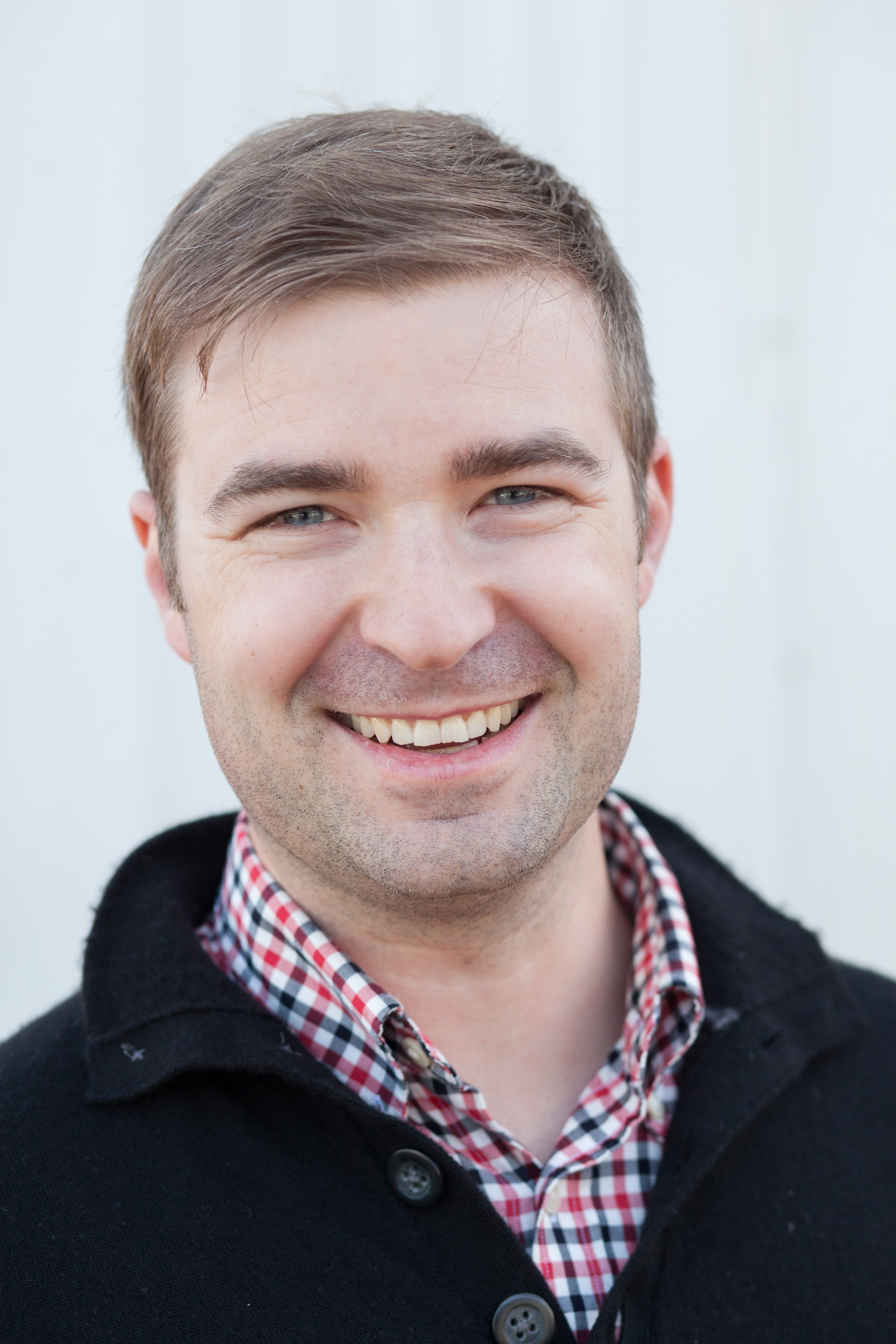Even though 21st Century Community Learning Centers (21CCLC), or after-school programs, serve a great purpose for school-aged children and teenagers, funding for these programs has been on the docket for removal several times in the last few years. That is why it is vitally important to create a sustainable program through funding diversity.
While there are many paths to sustainability for your program, visibility can fall to the way-side when you’re working on running your program(s). Here are a few quick things you can implement to increase the visibility, sustainability, and longevity of your after-school program:
- Support from and to local schools
- Web presence and well-utilized social media accounts
- Establishing Strong Community Roots
- Demonstration of program successes
Support from and to local schools
While many programs are affiliated with the school district in which they reside, there are some programs that are community-based. Regardless of affiliation, it’s important for after-school programs to maintain a positive and mutually supportive relationship with the schools nearby. Regular communication with the district to align program offerings with day-school curriculum is just one of the ways that this can be done. The synergy of employing district educators and staff is another way to get the word out about your program organically.
Web presence and social media
Having a strong web presence and social media footprint does not need to be a daunting task. Look within your organization for a team member who is already active on social media, they could be the best person to run your program’s social media accounts. Using tools to establish a schedule of posts will allow them to get ahead of the curve and continue to serve your after-school program efficiently.
Establishing strong community roots
Reaching out to the community and creating roots as early as possible is preferable; This means a lot of networking with other prominent community members because when it comes to diversify funding resources for after-school programs, the best ones local as they have a vested interest in the community. Be sure to keep your partners engaged with useful information and thank them publicly on social media.![]()
Establishing community roots can also be useful when a program is in danger. This is especially true for a program that is well known and well-attended. Pillars of the community such as local politicians and prominent business owners may feel more inclined to help a highly-visible program than a smaller, less successful one.
Demonstrating your successes
A good way to demonstrate program success is by collecting data. Another is to track and report success stories from participants, such as increased graduation rates or improved grades due to tutoring. These stories are good content to display on social media sites, as they increase visibility in a positive way.![]()
Diversify Funding for Afterschool Programs
Using one source of funding (i.e. a 21CCLC grant) is always risky. While it might be easier to keep track of from an administrative standpoint, a single funding source puts programs at extreme risk of being shut down should that source go away. By increasing program awareness and visibility, programs are less likely to be shut down. For more examples of ways to increase your program’s visibility and other paths to sustainability check out our ebook:


